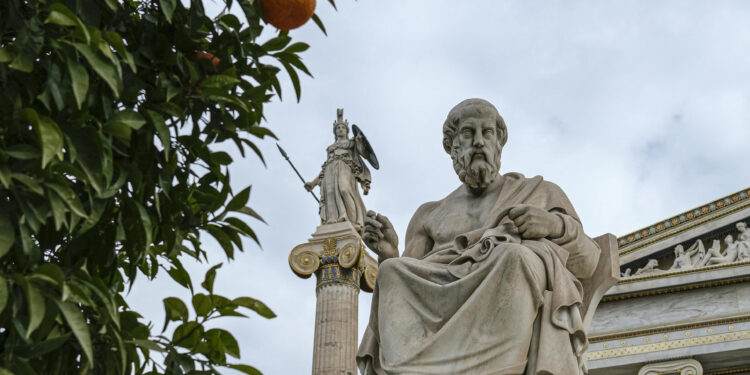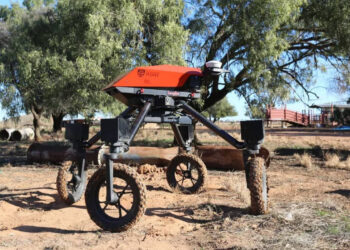So, while we can’t exactly ring up Plato and ask him about his take on artificial intelligence (bummer, right?), we’re still finding some pretty cool ways to dive into the minds of ancient scholars.
Picture this: a bunch of researchers recently cracked the code on an old papyrus scroll they dug up from a villa buried by Mount Vesuvius’ big eruption way back when, like almost 2,000 years ago. And guess what? They used AI wizardry to help them figure out some juicy deets about Plato’s final resting place! Talk about high-tech sleuthing!
This scroll isn’t just any old piece of parchment; it’s part of a whole movement where super-smart folks are using cutting-edge tech to decode ancient texts that were basically just sitting around collecting dust. You know, the ones with missing bits or smudged ink that nobody could quite make heads or tails of.
Dr. Kilian Fleischer, one of the brainiacs behind this project, spilled the tea on what this discovery means: “It’s going to have a huge impact… There will be scrolls that will be read with these new techniques that contribute to our knowledge of antiquity, and to our knowledge of literature in general. This might be a second renaissance.” Um, talk about bringing history back to life, right? Who knew AI could be such a time-traveling sidekick!”




































